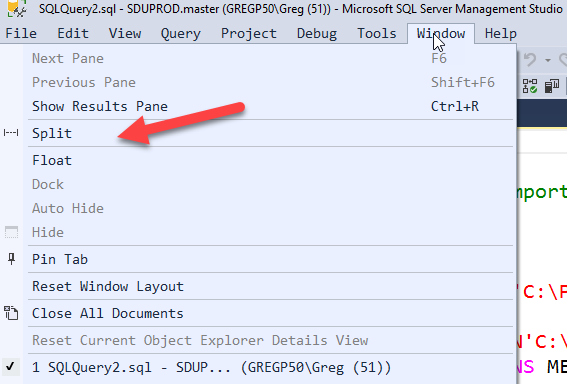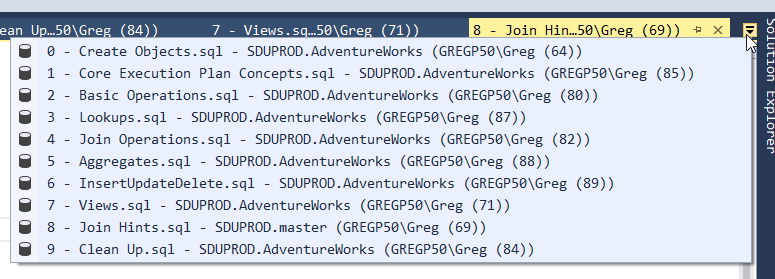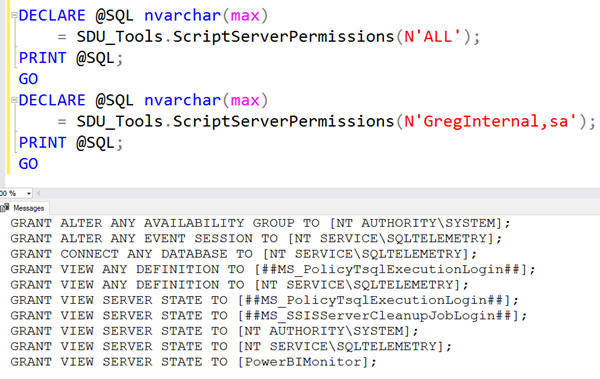
Opinion: Bad news is best delivered promptly and directly - don't BS
In the 1990’s I was running a software company. We had a great sales guy who was also a great friend. One of the things that I loved about working with him, is that even if he didn’t know how to solve a technical problem, he’d ask the questions that I led me to see a problem differently. I could then solve it. I wish every technical person was lucky enough to have someone like that.
2019-01-22










